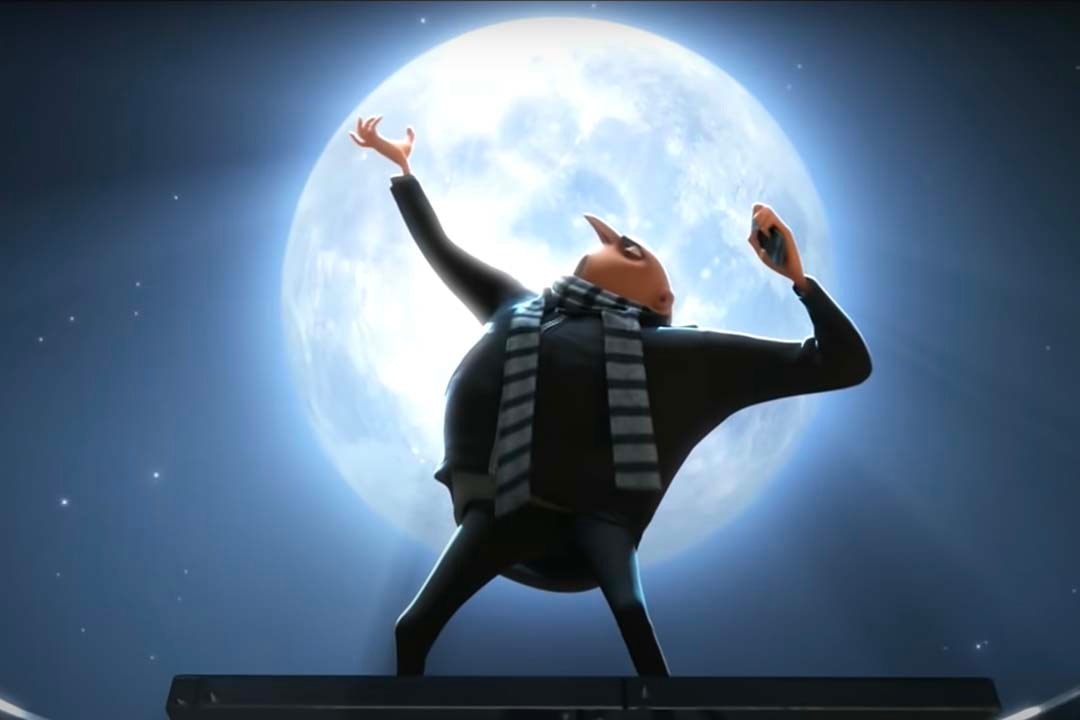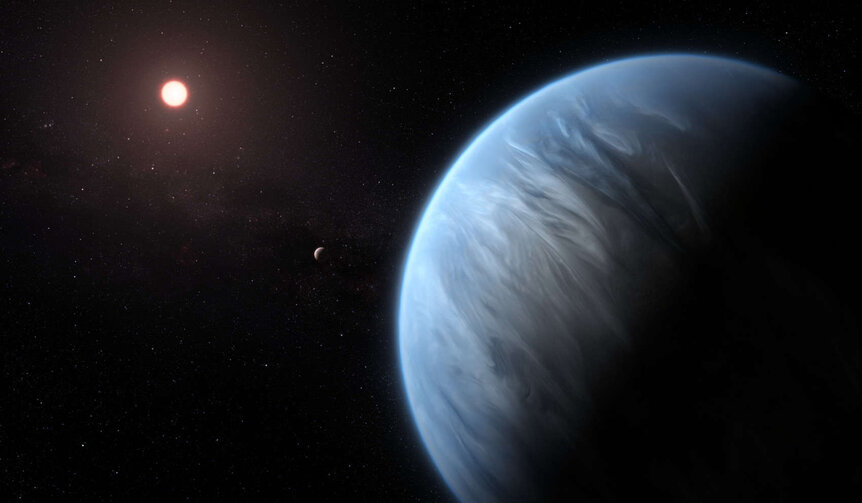Create a free profile to get unlimited access to exclusive videos, sweepstakes, and more!
Some Planets Shrink Over Time, New NASA Data Reveals Why
It's a totally normal part of a planet's adolescence.

In the 2010 animated family film Despicable Me (streaming now on Peacock), aspiring supervillain Gru (Steve Carell) hatches a plan to steal the Moon and cement himself as a villain to be feared. The only trouble is, he needs a loan to pull off his dastardly plan and the bank won’t lend him a single cent unless he first steals a shrink ray. Pretty standard evil loan requirements.
Of course, you can never trust an evil bank and the loan officer pulls out of the deal, forcing Gru to take matters into his own hands. Gru successfully shrinks and steals the Moon, but by that time he’s under an even more powerful gravitational pull: Love. Here in non-animated reality, planets are shrinking all over the universe and astronomers may have figured out why.
Planets Rarely Exist in This Size Range, Now We Know Why
To date, we’ve discovered more than 5,000 exoplanets – worlds orbiting other stars – which is enough for astronomers to start finding patterns in the data. One unexpected trend is a mysterious gap in the size of distant worlds. We’ve found a good number of Earth-sized planets and a good number of much larger planets, but there aren’t very many between 1.5 and 2 times the diameter of Earth. It’s almost as if there is some force pushing planets away from that size range.
RELATED: 5,000th Exoplanet Found!
Now, a team of astronomers led by Jessie Christiansen, lead scientist for the NASA Exoplanet Archive, have uncovered a potential explanation using data from NASA’s retired Kepler Space Telescope. The results, published in The Astronomical Journal, support a hypothesis that planets are pushing their own atmospheres away and causing their diameter to shrink through a process known as core-powered mass loss. That’s in contrast to photoevaporation, during which a planet’s atmosphere is blown away by the solar radiation of its parent star.
“Exoplanet scientists have enough data now to say that this gap is not a fluke. There’s something going on that impedes planets from reaching and/or staying at this size,” Christansen said in a statement.
The challenge these worlds are trying to overcome is one of internal gravity vs size. Acquiring a large atmosphere is one thing, but having the strength to hold onto it is another. Once an atmosphere is in place, it is at the mercy of a number of opposing forces. Gravity holds it to the planet’s surface while photoevaporation and core-powered mass loss endeavor to drive it away. It’s believed that photoevaporation happens mostly during the first 100 million years of a star system’s life while core-driven mass loss begins about a billion years into a system’s evolution.
RELATED: JWST Finds Possible Signs of Life on Exoplanet K2-18 b
To figure out what’s going on with the size gap, astronomers pointed Kepler at a couple of star clusters called Praesepe and Hyades, both of which are between 600 and 800 million years old. That’s old enough that photoevaporation should have stopped but core-powered mass loss hasn’t kicked off yet. Within those star clusters, astronomers found planets with diameters between 1.5 and 2 times that of Earth, while older star systems have far fewer.
That they are so abundant in these clusters suggests that core-driven mass loss is the primary mechanism preventing planets from existing at those sizes. Any planets existing within that range don’t have the gravity to hold onto their atmospheres once the core really kicks into gear. All of that internal heat pushes the atmosphere away and planets shrink until the atmosphere is light enough to be held onto. It turns out that planets in that size range are literally too big for their britches and on a long enough timescale something’s got to give.
The next time Gru wants to shrink something, somebody tell him to pick a world that will shrink on its own. In the meantime, catch Despicable Me, streaming now on Peacock.



























